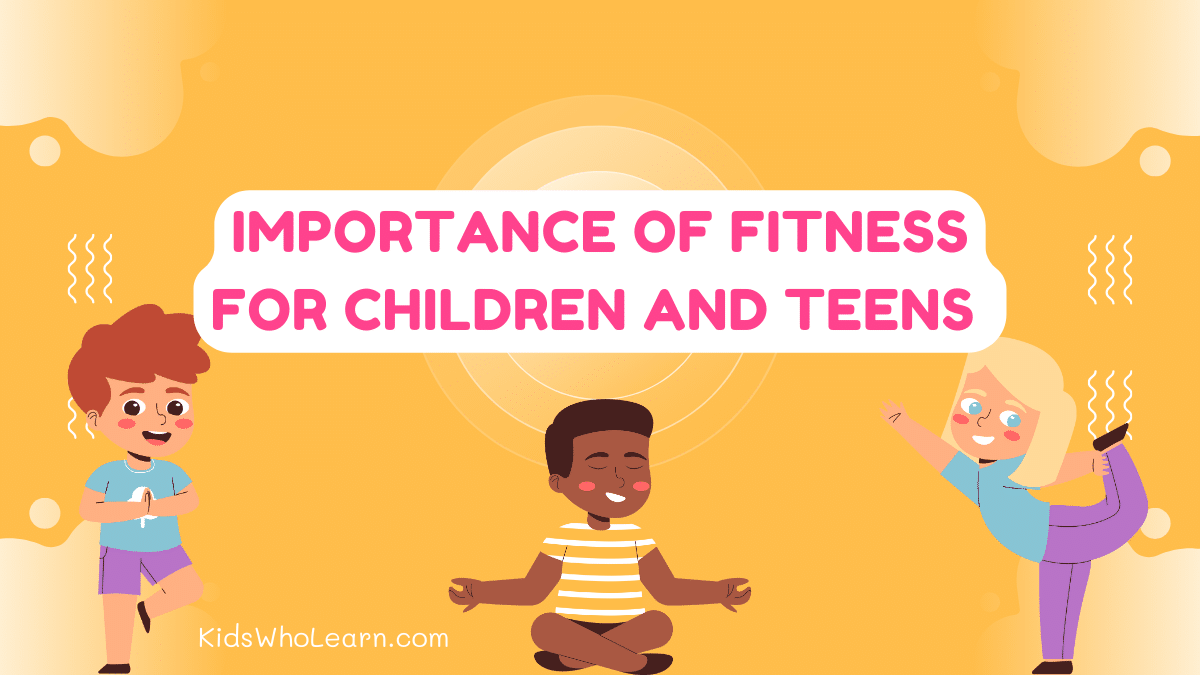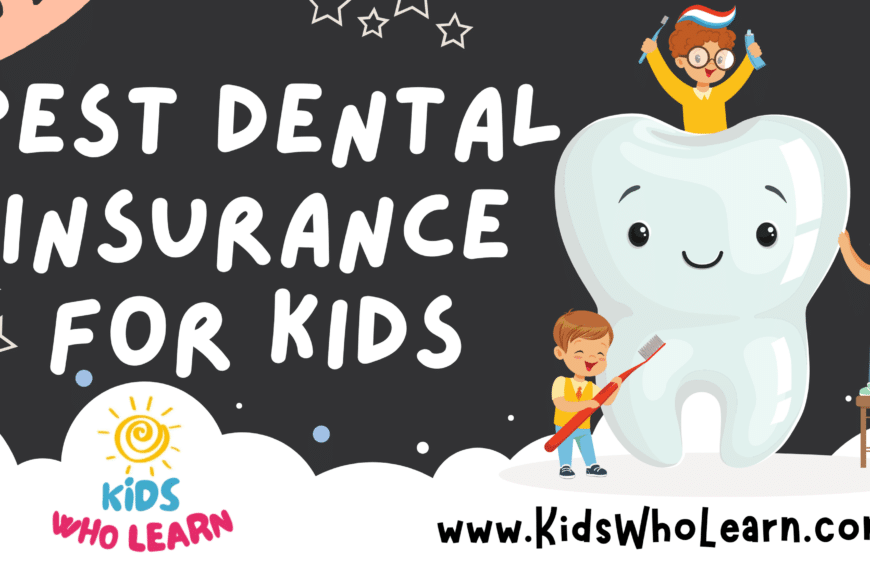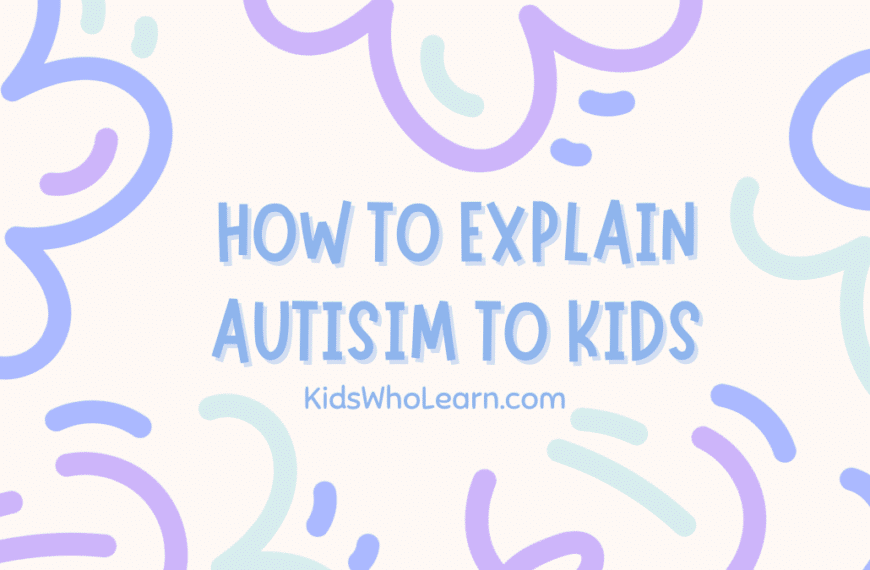If you’re a parent or caregiver of a young child, you may be wondering when your little one will stop napping. Naps are an important part of a child’s sleep routine, but as they grow and develop, their need for daytime sleep may decrease. Understanding when kids stop napping can help you plan your child’s daily schedule and ensure they’re getting the sleep they need.
There’s no one-size-fits-all answer to when kids stop napping. The age at which a child stops napping can vary based on a number of factors, including their individual sleep needs, developmental stage, and daily routine. However, there are some general guidelines that can help you determine when your child may be ready to transition away from napping.
Key Takeaways
- The age at which kids stop napping can vary based on individual factors.
- Signs that your child may be ready to stop napping include difficulty falling asleep at night, shorter nap times, and increased activity during the day.
- When transitioning away from napping, it’s important to establish a consistent sleep routine and be patient as your child adjusts to the change.
Understanding Kids’ Sleep Patterns
As a parent, understanding your child’s sleep pattern is crucial in determining when they will stop napping. Children’s sleep needs vary depending on their age, and it’s essential to recognize these differences to avoid over or under-sleeping.
Newborns sleep for most of the day, up to 16 hours, and wake up every few hours to feed. As they grow, they start sleeping for longer stretches, and by six months, they can sleep for up to 8 hours at night. However, they still need to nap during the day, and this continues until they are around 18 months old.
Toddlers aged 1-3 years need about 12-14 hours of sleep in a day, including naps. They usually take one nap in the afternoon, and this can last for up to 2 hours. By the time they are three years old, they may stop napping altogether, but some may still need a short nap to recharge.
Preschoolers aged 3-5 years require about 10-13 hours of sleep in a day, including naps. Most children in this age group stop napping, but some may still need a nap in the afternoon to prevent being overtired.
School-aged children aged 6-12 years need about 9-12 hours of sleep in a day, and they usually don’t nap during the day. However, they may need to catch up on sleep during weekends or holidays.
In conclusion, understanding your child’s sleep pattern is crucial in determining when they will stop napping. It’s essential to ensure that your child gets enough sleep to avoid being overtired or under-slept.
Signs That Your Child May Be Ready to Stop Napping
As your child grows, their sleep needs change. One of the biggest changes is the transition from napping to not napping. This can be a difficult transition for both child and parent, but there are some signs to look out for that can indicate your child is ready to stop napping.
Shortened Nap Time
If your child consistently takes shorter naps or skips naps altogether, it may be a sign that they are ready to stop napping. As children get older, their bodies require less sleep during the day, and they may naturally start to shorten their nap times or stop napping altogether.
Difficulty Falling Asleep at Night
If your child is having trouble falling asleep at night, it may be a sign that they no longer need a nap during the day. When children nap too close to bedtime, it can interfere with their ability to fall asleep at night.
Resistance to Napping
If your child is consistently resisting naps, it may be a sign that they are ready to stop napping. As children get older, they may become more interested in playing and exploring, and napping may feel like a hindrance to their fun.
Increased Energy
If your child is consistently full of energy and not showing signs of tiredness during the day, it may be a sign that they no longer need a nap. As children get older, their bodies become more efficient at using energy, and they may not need the extra rest that napping provides.
Conclusion
If you notice any of these signs in your child, it may be time to start transitioning away from napping. Remember, every child is different, and there is no one-size-fits-all approach to napping. Pay attention to your child’s needs and adjust their sleep schedule accordingly.
Age Ranges: When Most Kids Stop Napping
If you’re a parent, you’ve probably wondered when your child will stop napping. While every child is different, there are some general age ranges when most kids stop napping. Here are the three main age groups and what you can expect:
Toddlers (1-3 Years)
Toddlers are known for their unpredictable sleep patterns, and napping is no exception. Some toddlers may nap twice a day, while others may only nap once or not at all. Generally, most toddlers will stop napping around the age of 3. However, some may continue to nap until they are 4 or 5 years old.
Preschoolers (3-5 Years)
Preschoolers typically nap less frequently than toddlers, and many will stop napping altogether by the time they start kindergarten. However, some preschoolers may still need a nap occasionally, especially if they are going through a growth spurt or have had a particularly active day.
School-Aged Children (5+ Years)
Once children start school, napping becomes less common. Most school-aged children no longer nap, although some may still need a nap occasionally, especially if they are sick or have had a particularly tiring day.
It’s important to remember that every child is different, and there is no set age when kids stop napping. Some children may stop napping earlier or later than others. The key is to pay attention to your child’s cues and adjust their sleep schedule accordingly.
Factors That Influence the End of Napping
There are several factors that can influence when your child will stop napping. Here are some of the most common ones:
Age
Age is one of the most important factors that determine when your child will stop napping. Most children stop napping between the ages of 2 and 5 years old. However, some children may continue napping until they are 6 or 7 years old. It’s important to remember that every child is different, and there is no set age when napping stops.
Sleep Needs
Another factor that can influence when your child will stop napping is their sleep needs. Some children simply need more sleep than others, and may continue napping for longer periods of time. If your child is sleeping well at night and still seems to need a nap during the day, it’s important to continue allowing them to nap.
Daily Routine
Your child’s daily routine can also play a role in when they stop napping. If your child is in daycare or preschool, they may be required to nap during the day. This can prolong their napping habits. On the other hand, if your child is at home and doesn’t have a set routine, they may stop napping earlier.
Physical Activity
Physical activity can also affect when your child stops napping. If your child is very active during the day, they may become more tired and need a nap. However, if they are not very active, they may not need a nap as much.
Health
Finally, your child’s health can also play a role in when they stop napping. If your child is sick or going through a growth spurt, they may need more sleep and continue napping for longer periods of time. It’s important to pay attention to your child’s health and adjust their napping habits accordingly.
Transitioning Out of Naps: Tips and Strategies
As your child grows older, they will eventually need to transition out of napping. This can be a difficult process for both the child and the parent, but there are some tips and strategies that can make the process smoother.
Gradual Transition
One of the best ways to transition out of napping is to do so gradually. Instead of completely eliminating naps all at once, try reducing the length of the nap or pushing it back later in the day. This can help your child adjust to the change in sleep patterns without causing too much disruption to their routine.
Quiet Time
Even if your child is no longer napping, it’s still important to have some quiet time built into their daily routine. This can be a time for them to read, color, or engage in other quiet activities. This can help them recharge and prevent them from becoming overtired.
Consistent Bedtime
As your child transitions out of napping, it’s important to establish a consistent bedtime. This can help them get the amount of sleep they need at night to make up for the lack of daytime naps. Stick to a regular bedtime routine, including a relaxing activity like reading a book or taking a bath.
Monitor Behavior
As you transition your child out of napping, keep an eye on their behavior throughout the day. If they are becoming overly tired or irritable, it may be a sign that they need more rest. Adjust their sleep schedule as needed to ensure they are getting the amount of sleep they need.
Be Patient
Remember that transitioning out of napping is a process that takes time. Be patient with your child as they adjust to the new routine, and don’t be discouraged if there are setbacks along the way. With consistency and patience, your child will eventually adjust to their new sleep schedule.
Potential Challenges and Solutions
As your child grows, they may start to resist napping or have difficulty falling asleep during naptime. Here are some potential challenges you may face and some solutions to help overcome them:
Challenge: Your child refuses to nap
Solution: If your child refuses to nap, try to establish a consistent nap routine. This could include a quiet activity before naptime, such as reading a book or listening to calming music. You could also try adjusting the timing of their nap to better coincide with their natural sleep rhythms. Additionally, make sure your child is getting enough physical activity during the day to help them feel tired at naptime.
Challenge: Your child has trouble falling asleep during naptime
Solution: If your child has trouble falling asleep during naptime, consider adjusting the environment to be more conducive to sleep. This could include using blackout curtains to block out light, playing white noise to drown out distractions, or adjusting the temperature to be more comfortable. You could also try incorporating a relaxing activity before naptime, such as a warm bath or a massage.
Challenge: Your child is outgrowing naps
Solution: As your child gets older, they may naturally start to outgrow naps. If this is the case, try to establish a quiet time routine instead. This could include a designated quiet activity, such as reading, drawing, or playing with quiet toys. Encourage your child to rest quietly during this time, even if they don’t fall asleep.
Remember, every child is different and may have different nap needs. Be patient and flexible as you work to establish a nap routine that works for your child.
When to Consult a Pediatrician
If your child is having trouble sleeping at night or seems excessively tired during the day, it may be time to consult with a pediatrician. Here are some signs that you should seek medical advice:
- Your child is consistently waking up during the night and cannot go back to sleep
- Your child is excessively sleepy during the day, even after napping
- Your child is showing signs of sleep apnea, such as snoring or gasping for air during sleep
- Your child is experiencing nightmares or night terrors that are disrupting their sleep
- Your child is consistently refusing to nap or having difficulty falling asleep during nap time
It’s important to note that every child is different, and some may naturally require less sleep than others. However, if you notice a significant change in your child’s sleep patterns or behavior, it’s always a good idea to consult with a pediatrician.
During your visit, the pediatrician may ask questions about your child’s sleep habits and behavior, as well as perform a physical exam. They may also recommend further testing or refer you to a sleep specialist if necessary.
Remember, getting enough quality sleep is essential for your child’s overall health and well-being. If you have any concerns about your child’s sleep habits, don’t hesitate to seek medical advice from a trusted pediatrician.
Frequently Asked Questions
How long should a 5 year-old nap?
At 5 years old, most children no longer need a nap during the day. However, some children may still benefit from a short nap of around 30-60 minutes. If your child is still napping at this age, it’s important to make sure it doesn’t interfere with their bedtime routine.
When to stop naps for 3 year-old?
Most children stop napping by the time they are 3-4 years old. However, some children may still need a nap during the day. If your child is still napping at this age, it’s important to make sure it doesn’t interfere with their bedtime routine. You can gradually reduce the length of the nap until your child no longer needs it.
How long afternoon nap for 2 year-old?
A 2 year-old typically needs an afternoon nap of around 1-2 hours. This nap can help them recharge and be more alert for the rest of the day. However, every child is different and some may need more or less sleep than others.
Does a 4 year old need a nap?
Most 4 year-olds no longer need a nap during the day. However, some children may still benefit from a short nap of around 30-60 minutes. If your child is still napping at this age, it’s important to make sure it doesn’t interfere with their bedtime routine.
What time should a 3 year old go to bed?
A 3 year-old should go to bed around 7-8 pm. This can help them get the recommended 10-12 hours of sleep they need each night. It’s important to establish a consistent bedtime routine to help your child fall asleep easily and stay asleep throughout the night.
Can a 3 year old stop napping?
Most 3 year-olds are ready to stop napping during the day. However, some children may still need a nap to recharge and be more alert for the rest of the day. If your child is still napping at this age, it’s important to make sure it doesn’t interfere with their bedtime routine. You can gradually reduce the length of the nap until your child no longer needs it.






